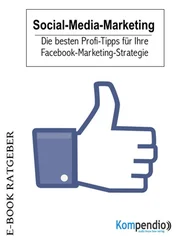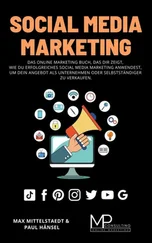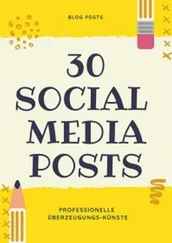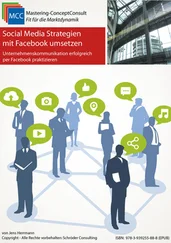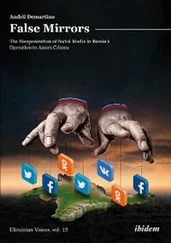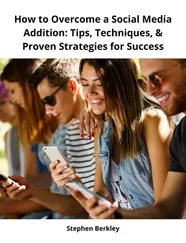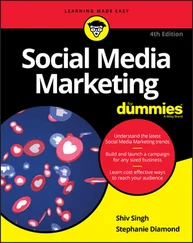In addition, educators can share open-access videos, created by others, with students to aid in the clarity of course concepts. Using videos in the classroom can be beneficial for students (Berk 2009; Malouff and Shearer 2016). One study examined impressions of students regarding the use of videos in the class. “When asked if they find multimedia, such as YouTube, to be helpful for academic purposes, the majority (80%) reported that they did” (Fleck et al. 2014, pp. 29–30). The audiovisual element can provide visual examples, depict instructions, display artifacts, and more. “Textbooks and teaching materials can lack the diversity that is present in the student population and/or the society in which our students will interact” (Fleck et al. 2014). However, instructors can compensate for this limited diversity by supplementing course materials with multimedia that is reflective of the campus and regional population.
Just as many students use pen and paper or laptops and printers to complete collegiate assignments, they can use mobile devices and video sharing platforms to capture and deliver oral presentations. With the growing trend of using virtual presentations and videoconferences in higher education and the workplace, students are developing critical communication skills (Marlow et al. 2017; Al-Samarraie 2019). Researchers have found there are advantages when students use YouTube as the vehicle to deliver oral presentations, which include convenience for large and online classes, effective use of class time, and the ability of students to examine their individual performance; furthermore, students who utilized YouTube to present their oral assignment acknowledged an increase of skill, confidence, and knowledge after the presentation (Malouff and Emmerton 2014). Video sharing platforms give students control over their content; they can revise and edit their final product just as they would be able to do if they were writing an essay for a composition course – all while simultaneously gaining the experience of fine-tuning their oral communication skills.
Social Media Groups and Good Grades
Traditionally, many students clock hours engaging in class, reading, completing assignments, and more to achieve high marks in their respective courses. As faculty develop lesson plans and flip classes, “where events that have traditionally taken place inside the classroom now take place outside the classroom and vice versa” (Lage et al. 2000, p. 32), social media continues to gain traction among students and educators. Two popular platforms being used for educational purposes are Facebook and Twitter; use of these sites can lead to better academic performance for those working to obtain degrees. Writing is a part of the college experience. Regardless of major, students will have to express themselves and synthesize the ideas of others many times during their careers as students. As a microblogging site, Twitter lends itself to self-expression in a limited number of characters. One researcher found the platform helped students strengthen writing skills and connect with audiences. “The brevity of the tweets forces students to express their thoughts concisely and is believed to develop reflection and writing skills while expanding the class community” (Kassens 2014). The ability to communicate a focused message is a transferable skill that will benefit students in class and the workplace.
Although many college and university classrooms may not have literal bells ringing to signal the end of a lecture, the time spent in class is monitored. There are only so many minutes in a day and hours in a week that students can spend in a classroom parsing information, posing questions, and sharing their interpretations. However, Facebook allows students and faculty to expound upon in-class discussions or bring forth new points for class exploration. Gregory et al. (2014) report that participation in Facebook groups for class-related discussions resulted in higher grades when compared to participation levels of students in the same course without the required use of the platform. A study of an introductory mass media course, designed with the option to access supplemental course material on Facebook, uncovered that university students who voluntarily used the social site achieved higher grades at the end of the course (Bowman and Akcaoglu 2014). There’s evidence to suggest that using social platforms in courses can aid in comprehension. In one study, the use of Facebook led to undergraduates understanding an increased amount of course content (Hurt et al. 2012). Twitter has also been found to improve grades among students. In a study comparing two large lectures, with one designed to incorporate the microblogging platform, Junco et al. (2013) found “requiring students to use Twitter as part of the course is important in affecting academic outcomes” (p. 284). Social media is becoming a central part of higher education for both digital natives and digital immigrants, whether one was born into the world of digital media or their fingers stumbled upon it later in life.
1 Al-Samarraie H. (2019). A scoping review of videoconferencing systems in higher education: Learning paradigms, opportunities, and challenges. International Review of Research in Open and Distributed Learning 20 (3): 121–140. https://doi.org/10.19173/irrodl.v20i4.4037.
2 Berk R.A. (2009). Multimedia teaching with video clips: TV, movies, YouTube, and mtvU in the college classroom. International Journal of Technology in Teaching and Learning 5 (1): 1–21.
3 Bowman N.D., and Akcaoglu M. (2014). “I see smart people!”: Using Facebook to supplement cognitive and affective learning in the university mass lecture. The Internet and Higher Education 23: 1–8. https://doi.org/10.1016/j.iheduc.2014.05.003.
4 Fleck B.K.B., Beckman L.M., Sterns J.L. et al. (2014). YouTube in the classroom: Helpful tips and student perceptions. Journal of Effective Teaching 14 (3): 21–37.
5 Grandoni D. (2013). First YouTube video, “Me At The Zoo,” was uploaded eight years ago, an April 23. HuffPost (23 April).
6 Gregory P., Gregory K., and Eddy E. (2014). The instructional network: Using Facebook to enhance undergraduate mathematics instruction. Journal of Computers in Mathematics and Science Teaching 33 (1): 5–26.
7 Hurt N.E., Moss G.S., Bradley C.L. et al. (2012). The “Facebook” effect: College students’ perceptions of online discussions in the age of social networking. International Journal for the Scholarship of Teaching and Learning 6 (2): 1–26.
8 Junco R., Elavsky C.M., and Heiberger G. (2013). Putting Twitter to the test: Assessing outcomes for student collaboration, engagement and success. British Journal of Educational Technology 44 (2): 273–287. https://doi.org/10.1111/j.1467–8535.2012.01284.x.
9 Kassens A.L. (2014). Tweeting your way to improved #writing, #reflection, and #community. The Journal of Economic Education 45 (2): 101–109. https://doi.org/10.1080/00220485.2014.889937.
10 Khan Academy. (2020). A personalized learning resource for all ages. About (9 June).
11 Lage M.J., Platt G.J., and Treglia M. (2000). Inverting the classroom: A gateway to creating an inclusive learning environment. Journal of Economic Education 31 (1): 30–43. https://doi.org/10.2307/1183338.
12 Malouff J.M., and Emmerton A.J. (2014). Students can give psychology away: Oral presentations on YouTube. Psychology Learning and Teaching 13 (1): 38–42.
13 Malouff J.M., and Shearer J.J. (2016). How to set up assignments for students to give oral presentations on video. College Teaching 64 (3): 97–100. https://doi.org/10.1080/87567555.2015.1125840.
14 Marlow S.L., Lacerenza C.N., and Salas E. (2017). Communication in virtual teams: A conceptual framework and research agenda. Human Resource Management Review 27 (4): 575–589. https://doi.org/10.1016/j.hrmr.2016.12.005.
Читать дальше


